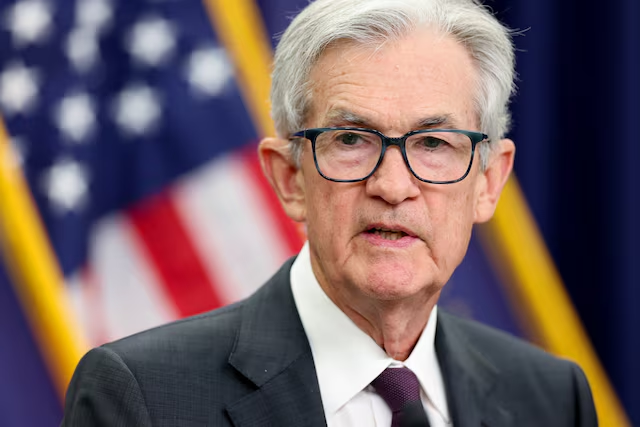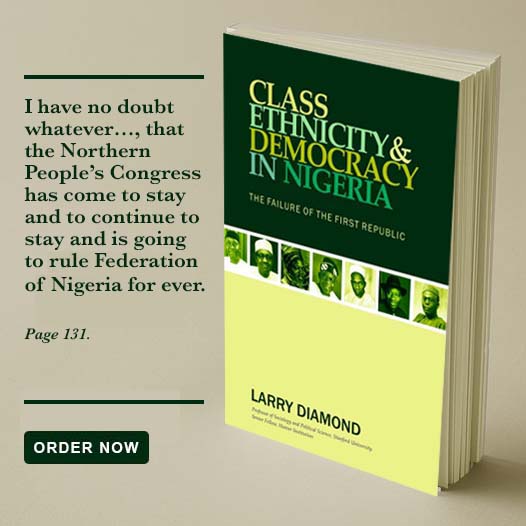The U.S. Federal Reserve left its benchmark interest rate unchanged in the 4.25%–4.50% range on July 30, 2025, marking the fifth consecutive meeting without adjustment.
This decision comes amid intense pressure from President Trump, who has repeatedly urged steep rate cuts to stimulate growth.
In its policy statement, the Fed noted that “the unemployment rate remains low, and labor market conditions remain solid,” while “inflation remains somewhat elevated.”
It also acknowledged that economic growth “moderated in the first half of the year,” and flagged elevated uncertainty about the outlook, justifications cited for maintaining current policy.
For the first time in over 30 years, two members of the Board of Governors dissented: Trump appointees Michelle Bowman and Christopher Waller both preferred a 25‑basis‑point cut.
Their dissents spotlight deep internal debate and raise questions about whether political pressure is influencing the Fed’s traditionally consensus‑driven culture.
Governor Waller, often mentioned as a contender to succeed Chair Powell in May 2026, and Bowman’s dissent could signal jockeying for influence and future leadership dynamics
Chair Jerome Powell and most Federal Open Market Committee members voted to hold rates steady, underscoring their preference for a data‑driven approach over politically motivated rate cuts
While policy remained unchanged, the Fed left open the possibility of rate cuts later this year, possibly in September, if inflation cools and employment trends weaken further.
Market indicators according to MarketWatch show over a 60% chance of a September cut, and around a 65% chance of two by December, aligned with broader Fed projections from June
























